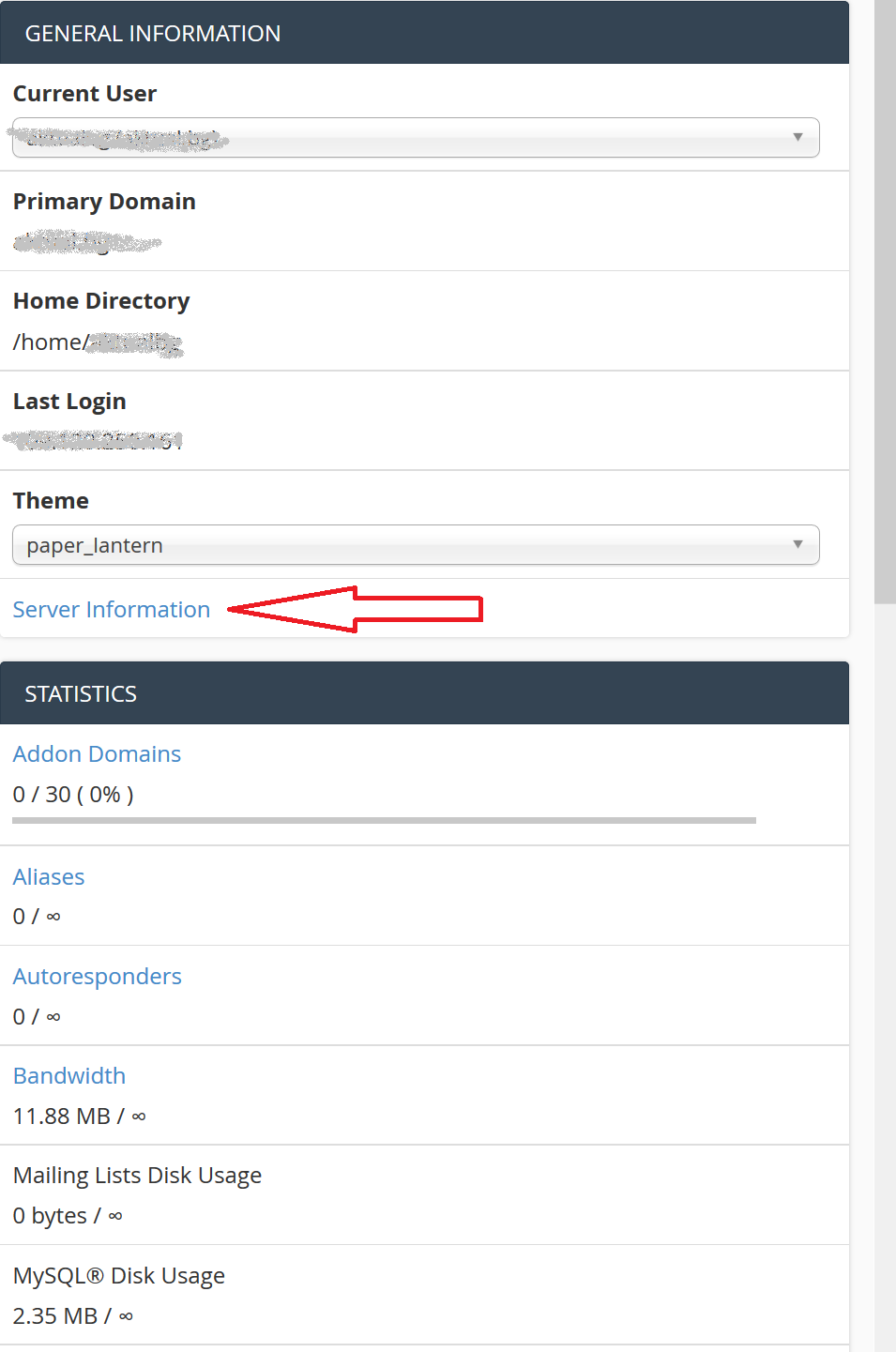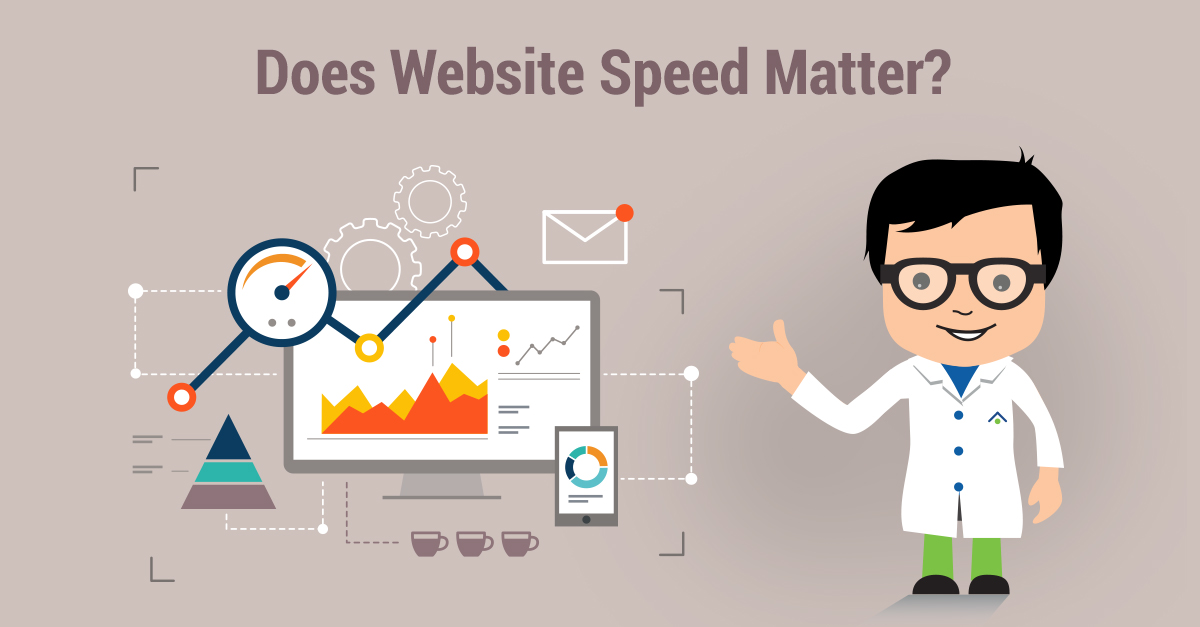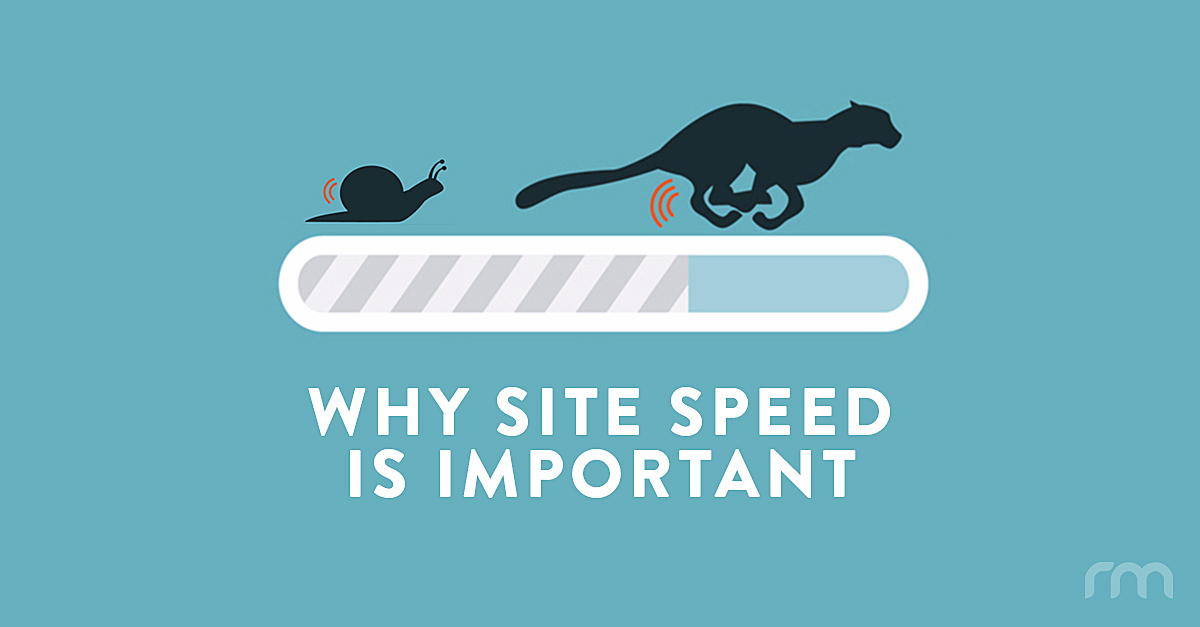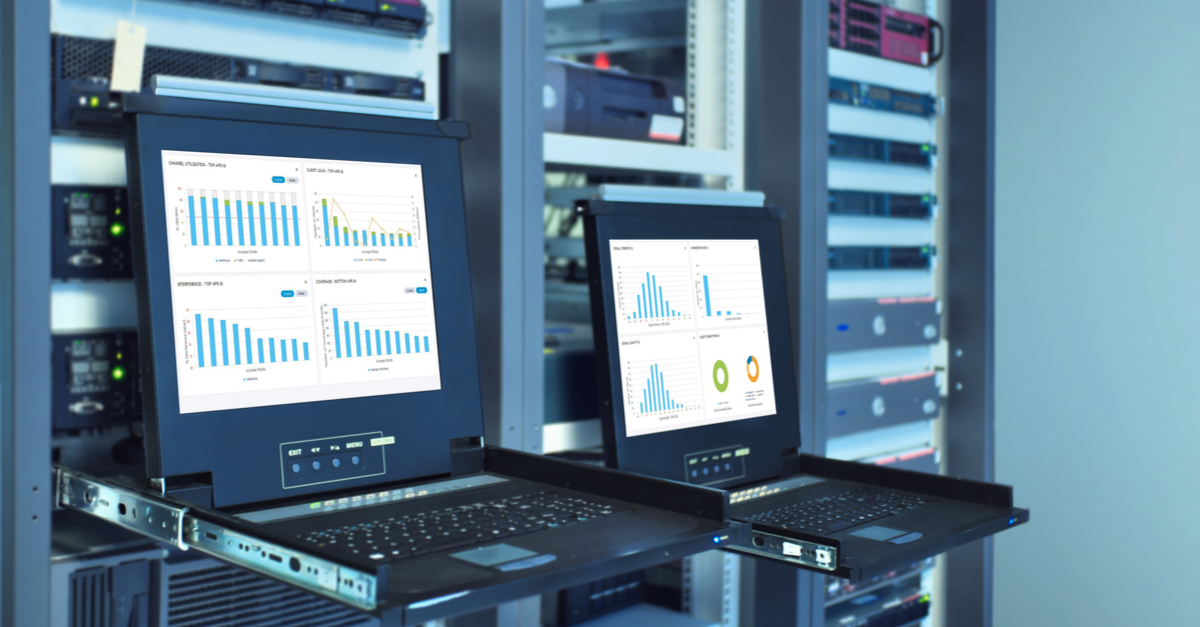Why is your website loading slowly? That’s a question every website owner wants to know the answer for if their web site takes too long to load. They usually ask their web hosting providers or their web developers for help. Is the server slow or there is something wrong within the code of the website which is causing the slowness? That’s a question which is hard to answer if you don’t have enough experience dealing with small web sites and troubleshooting the reasons for a slow website. Your web designer and your web hosting company or systems administrator are the ones who can help you find out the exact cause and then apply steps to optimize the web site or upgrade your server.
By all means, your website should take no more than 3 seconds to load else you are losing visitors and eventually sales. Bounce rate increases up to 32% when your web site loads from 1 to 3 seconds. The math says you lose 30% of the money you spend on ads if your web site takes more than 3 seconds to load.
This article will show you the reasons for slow sites in most of the times. I will try to write it as simple as possible so more people can understand it and know what they have to do next to transform their web site and make it load as fast as possible.
Why should your web site load quickly?
Every internet user if a website visitor first and then a website owner. Now let’s say you have your own page. How likely is it to use the page and keep on coming back visiting it if the site loads slowly and you always have to wait multiple seconds before the content you are looking for shows up? I know the answer. Now if that is your web site you know how your visitors feel when it loads slowly. That’s one of the main reasons you want to have a fast site at all times. If you don’t you will lose visitors and orders in case you have an eCommerce shop. Whatever your web site is about if it is slow you lose visitors. Since you lose 30% of the visitors if it takes 3 seconds to load instead of 1, that means you lose 30% of the money you spend on ads. If you advertise every month in AdWords for $1500 you lose $6000 per year just because your web site is slow. I am sure you now want to fix that but you don’t know what are the best steps to do so. How do you find out what the reason is and what do you do to resolve the issue?
First of all, you have to contact your web designer and web hosting provider. It is either a problem where the website needs optimization or your hosting plan is not suitable and you require more systems resources or a faster server or even your own server.
It’s best to use your own server instead of shared hosting. The main reason is that with a server you have dedicated resources just for you which will guarantee fast loading at all times. Cloud server hosting is pretty cheap these days and everyone should be able to afford one if they are serious about their business. WratHost recommends using an SSD cloud server for best performance and results.
What more do I get with my own server?
First of all, most people think servers are crazy expensive and they never explore opportunities to have their own server instead of using a cheap web hosting plan. Prices of servers decrease all the time and you can get one for almost the same price that you pay for your shared hosting account. Yes, that’s right. The only trouble is that shared hosting is usually managed where you don’t have to worry about server management while servers require a systems administrator who knows how to administrate it.
WratHost has recently launched cheap SSD cloud servers starting from $6.95 per month. An average cPanel hosting plan will cost you about the same amount of dollars per month but you will also need management with the server which will cost extra. If you use outsourced systems administration it gets expensive but WratHost offers professional services for just $6.95 for 30 minutes which is affordable. Your server doesn’t require support on a daily basis but it has much more advantages than using shared hosting.
In a shared hosting environment, your website shares the resources of one physical server with hundreds of other web sites and users. All of them may affect the performance of the server and when they do that your web site becomes slow. You can’t control that and you can only react when it happens. Resources in shared hosting are not guaranteed and that’s the main disadvantage. Using a server guarantees the systems resources because they are dedicated to it and there are no other users on your server which would utilize them. A server increases security dramatically. That does not happen because shared servers are insecure. They may be secure as much as your own server but the security of your data being on a shared server is less secure than being on your own server. The reason for that is there are no other web sites on your server which may get compromised and allow local access to the OS. Once a hacker has local access to the OS compromising web sites becomes much easier than doing it remotely. The chance of a web site to get compromised on a shared server is high and the chance of a hacker trying to compromise your shared hosting account becomes high as well. You certainly don’t want hackers testing the security of your web site and trying to steal data or use your web site to upload phishing web sites.
My website is slow. How do I fix it?
The first thing to do is try to find the cause. You have to analyze the web site in order to find what is slowing it down. From there it is easier to take the next actions to make it fast. Usually, websites load slowly because their owners installed a bad plugin which does many unnecessary steps and puts too much load on the server. As a result, it is slow. In other cases, the web site is not properly developed in the first place and without optimization, it cannot start to load quickly. In some cases, the server is overloaded with too many web sites on it and it can’t cope with the load. So, where do you start? How can you analyze your page and find out what is slowing it down?
Personally, I use https://tools.pingdom.com to do so. It gives you a lot of useful information to find the cause of the problem. If you know how to read the information it provides you will know what has to be done next. It’s possible that your server is slow or the website has a problematic code which is slowing it down. The Pingdom tool will help you find out.
Enter the URL of your website and run a test from the nearest location to your server to avoid delays due to network route being too far. After a while, the test will complete and you will see the result explained in different sections.
Summary
In the first section, you will see a couple of factors. The time it took for your web site to load, how fast is your website compared to other sites that got tested using the pingdom.com tool, the size of the page, the number of requests the server had to perform in order to display the web page and the performance grade which is a result of the other factors. The fastest your website is the best performance grade you will get.
If your website takes less than 3 seconds to load that is pretty good. The target is to make it load for less than 2 seconds though. You remember that you lose 30% of the visitors if your web site loads for 3 seconds or more. You want it as fast as possible. The benefits of the optimization process are huge. They grow with the growth of your web site. The most popular your website gets the most important the optimization becomes.
Performance insights
Here you can see all factors which are considered to form the final performance grade which you see on the summary page at the beginning of the result. If you scroll down you will see how long it takes for each element in your web site to load and what exactly takes the longest. You have to put special attention to those elements and decrease the time they take to load. That will boost your web site’s performance and make it fast. You can’t imagine how many benefits you will get by running a website which loads in less than 2 seconds. Your analytics stats will change almost immediately, you will see an increase of visitors and you will see a decrease in bounce rate. That’s the target of every website.
I have optimized my website but it is still slow
It is very likely your server to be busy or overloaded. In that case, there will not be enough resources such as CPU and RAM to handle the requests to your web site. As a result, it will load slowly. Most hosting companies allow their customers to see the server load from the cPanel control panel. You can do so from cPanel -> Server information which you can find in the menu on the right. Once you click there you will see the status of all services running on the server and the server’s load at the moment.

It is very important for the server’s load value not to be higher than the number of CPU’s. Only then you can be sure the server can provide good performance for the web sites hosted on it.
The server is not busy. My web site is optimized but still slow.
The possibilities here are mainly two as long as there are no network problems or your connection is slow.
- Your server is not properly configured – it is very likely that your server is not properly configured to perform at its best. The correct configuration of the server depends on multiple factors. The most important ones are related to how your web site is developed and the server’s hardware specifications. For example, if your web site has too many read queries to the database server which is usually MySQL or MariaDB, then it makes perfect sense to allocate most of your RAM to cache the MyISAM and InnoDB tables to decrease the reads from the drives. When the data is cached it will be read from the RAM which is hundreds of times faster than your hard drives especially if they are traditional slow SATA drives. If you got SSD’s then it is much better but still, you must do caching to have the best results and to make your web site load fast. Another thing that plays a big role is the configuration of the web server. Most web sites use Apache as their web server. If you use Apache ensure you are using the latest version. Then make sure you are using an MPM module such as an event or worker. They will increase performance and decrease CPU/IO load. The MPM module must be properly configured as well. The Server Limit and Max Request Workers directives must be set high enough to be able to serve all requests that come to your web site without leaving any to wait. Those values depend on your server’s hardware specifications as well. You don’t want to set them too high as that may result in getting your server severely overloaded and becoming unresponsive.
- CloudLinux – if your hosting provider uses CloudLinux your web site may be slow at times or all the time no matter if the website is optimized or not. CloudLinux limits the resources available to your web site and it will make it slow when it needs more resources. If you are serious about your website and your business, do not host it on a server which has CloudLinux installed.
What is CloudLinux?

CloudLinux is a software which installs a modified kernel on your CentOS server which allows the hosting company to control the CPU/memory/IOPS/number of processes started/disk speed in MB/s and other resource usage factors that affect the speed of your web site. Let me explain what each of them means below so you can understand.
CPU – the processor power your web site may utilize at any time. If your visitors increase your website will become slow. How can you grow and how your website can become more popular if it becomes slow when you get more visitors?
Memory – the maximum RAM your web site can use. When you reach the limit your visitors will get errors and they will instantly leave and maybe never come back. If you run an upgrade of your software and it exceeds the memory limit it may break your web site. Not good, right?
IOPS – this is a limit for the number of disk operations your web site may do at any single time. The most busy your web site is the most IOPS it requires. When you reach the limit your visitors will start getting errors. That is not what you want to see as it will result in a decrease of visitors and lost sales.
Number of processes – this is the total number of processes your account can have. If you exceed it your processes are getting killed and your visitors will see errors on your web site. If Google is crawling it at that time and gets the errors then too bad for you. Your SEO rating will suffer.
Disk speed – this is the speed which you can have when you copy data. For example, if it is set to 1MB, you can copy a file with 1MB maximum and your web site visitors may not get higher download speeds than 1MB/s. Again slowness.
Those are the main reasons why WratHost does not use CloudLinux. CloudLinux means limits and slow web sites when they most need resources to grow and become more popular. If your web site is slow during a Google crawl your SEO score gets affected badly. Instead of slowing down your web site, we would contact you and advise you about a better hosting plan which would suit your web site’s requirements and will allow it to become more popular without slowing down or showing errors.
The name of the software CloudLinux is miss-leading. Users think they get something better, a cloud service. That is not the case though. They get limitations and their websites can’t get the systems resources when they need them most.
Conclusion and advice from WratHost
The speed of your website is crucial for your SEO results and your Google rank. If you want your website to load fast all the time, guaranteed and without exceptions you must use a reliable web hosting solution. The first step is to analyze and optimize your website. Then you keep an eye on the changes you make and the results they bring. Once your web site is optimized as best as possible it is time to find an adequate hosting service for it. CloudLinux will badly affect the performance of your web site when it needs it most. Check if your company has it installed and avoid CloudLinux. If you can afford a server ($10) choose one instead of a shared hosting plan. The benefits it brings are alot. Let me mention the most important ones.
- Guaranteed systems resources such as CPU and RAM.
- Dedicated IP address. Your mails will always reach the recipient.
- Much much better security. It is so easy to compromise web sites when you have local access to the server. That’s what happens when you use shared hosting. One of the 200’s web sites get hacked and as a result the hacker attempts to compromise all others on the server including your web site. On your own server that can’t happen. Remote hacking is 100’s of times more complicated.
- 100% control. Install anything you want.
- An opportunity to grow and your web site to be fast 100% of the time.




